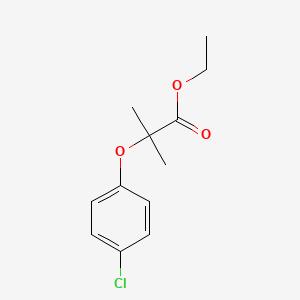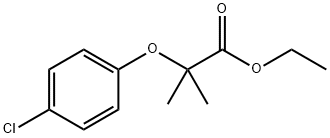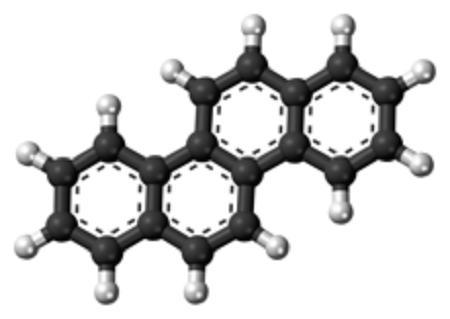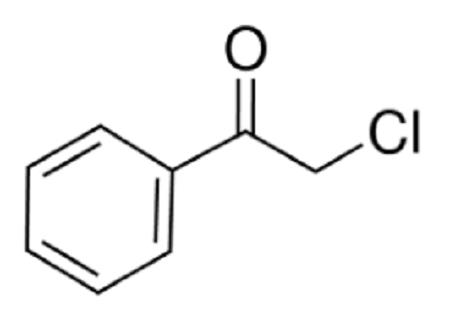Uses and Synthesize of Clofibrate
Clofibrate has no effect on hyperchylomicronemia, nor does it affect concentrations of high-density lipoproteins (HDL). Thus, clofibrate appears to have specific efficacy only in patients with familial type-III hyperlipoproteinemia. There is no substantial evidence proving efficacy of clofibrate in preventing deaths from coronary artery disease. Clofibrate has been used to prevent or control polydipsia, polyuria, and dehydration in a limited number of patients with mild to moderate neurohypophyseal diabetes insipidus. A 5-year multicenter study reported failure of clofibrate in reducing or preventing mortality in cardiovascular disorders, which has provided a setback for the prophylactic use of this drug.

Property
Clofibrate is a clear, colorless liquid with a density of 1.14 g ml-1(at 25°C). The boiling point of clofibrate is 148–150°C at 25mmHg. This drug is a stable, colorless to pale-yellow liquid with a faint odor and characteristic taste. Its melting point is below 25°C, it is soluble in common solvents but not in water, and its solubility or log P (octanol/water) is 3.620.
Synthesize
Clofibrate can be chemically synthesized by the condensation
of phenol with ethyl 2-chloro-2-methylpropionate in the
presence of a dehydrochlorinating agent, followed by chlorination
and purification. It can also be synthesized by the
condensation of p-chlorophenol with acetone and chloroform
followed by esterifying the resultant acid to give clofibrate.
Uses
Clofibrate is a lipid-lowering agent (antilipidemic) used for controlling high cholesterol (anticholesteremic) and triacylglyceride levels in the blood. It increases lipoprotein lipase activity to promote the conversion of VLDL to LDL, thereby reducing VLDL levels. It is indicated only in subjects with increased concentrations of VLDL and intermediate-density lipoproteins (IDL) who have failed to respond adequately to gemfibrozil or nicotinic acid. Clofibrate is of limited utility for patients with either familial hypercholesterolemia or polygenic hypercholesterolemia, as comparatively more effective drugs are available for lowering the concentration of LDL in these patients.
Mechanism
Clofibrate characteristically reduces plasma triglycerides by lowering the concentration of VLDL within 2–5 days after initiation of therapy. In a majority of patients, total cholesterol and LDL concentrations in plasma fall slightly. However, some patients who exhibit a large fall in VLDL may show a paradoxical rise in LDL, resulting in minimal net effect on total cholesterol levels.
The drug has several proposed antilipidemic actions, including increased triglyceride and VLDL clearance, mobilization of cholesterol from tissues, increased fecal excretion of neutral sterols, decreased hepatic lipoprotein synthesis and/or secretion, decreased free fatty acid release, and decreased triglyceride synthesis. The precise mechanisms by which clofibrate lowers serum concentrations of triglycerides and cholesterol are not known.
Lastest Price from Clofibrate manufacturers

US $0.00-0.00/KG2025-05-26
- CAS:
- 637-07-0
- Min. Order:
- 1KG
- Purity:
- 98.0%
- Supply Ability:
- 10000KGS

US $15.00-10.00/KG2021-07-13
- CAS:
- 637-07-0
- Min. Order:
- 1KG
- Purity:
- 99%+ HPLC
- Supply Ability:
- Monthly supply of 1 ton


